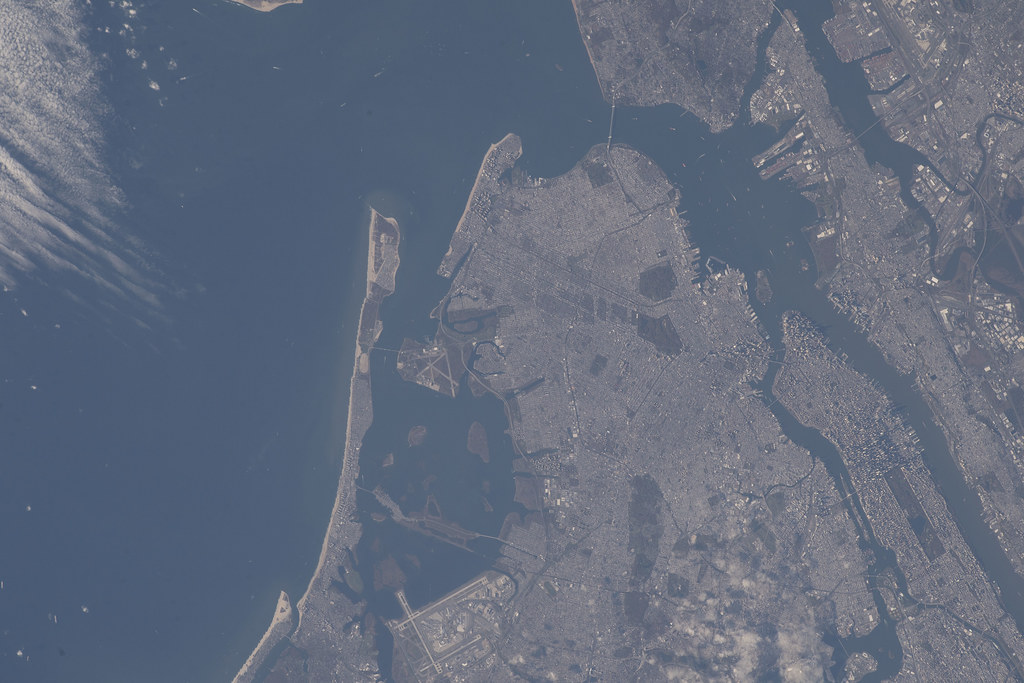Context:
Geologists have discovered a significant fault line in the Afar Triangle region of East Africa.
Key highlights:
- This fault line is associated with the East African Rift System, a zone of tectonic plate divergence.
- The formation of new oceans is a slow and gradual process, but the evidence from the Afar Triangle helps us understand how continents can break apart and new bodies of water can emerge.
- If the current rifting process continues over millions of years (estimates range from 5 to 10 million years), the Afar Triangle could widen significantly.
- Eventually, the Red Sea and the Gulf of Aden could breach the rift valley, leading to the formation of a new ocean basin, potentially becoming the world’s sixth ocean.
- This discovery provides valuable insights into the dynamic nature of Earth’s crust.
The Afar Triangle
The Afar Triangle is a geological depression located in the Horn of Africa, where the borders of Ethiopia, Eritrea, and Djibouti meet.
It is the part of Great Rift Valley.
- Tectonic Junction: It is where three tectonic plates, the Nubian Plate, the Somali Plate, and the Arabian Plate, are diverging. This movement causes the region to stretch and thin, resulting in dramatic geological features like volcanoes and faults
- Lowest Point in Africa: The Afar Triangle is home to Lake Assal, which sits 155 meters (509 feet) below sea level, making it the lowest point in Africa.
- Volcanic Activity: The Afar Triangle is a hotspot for volcanic activity due to the ongoing plate divergence. Erta Ale, a continuously erupting shield volcano, is one of the most well-known volcanoes in the region.
- Danakil Depression: The northern part of the Afar Triangle is also known as the Danakil Depression, a scorching desert known for its alien-like landscapes, colorful salt flats, and active fumaroles.
- Cradle of Humanity: The Afar Triangle has also yielded significant paleontological discoveries. Fossilized remains of some of the earliest hominins, including Lucy, have been unearthed in this region, providing insights into human evolution.

Tectonic Plate Divergence
Tectonic plate (also called Lithospheric Plate) divergence zones are areas where tectonic plates slowly move in opposite directions, like cracks in Earth’s crust.
Driving Forces: Convection currents deep within Earth and mid-ocean ridge formation likely drive this movement. New molten rock emerges at ridges, solidifying and creating new seafloor.
Consequences:
- New Ocean Crust: As plates diverge, continuous magma eruptions add new material to the seafloor, expanding ocean basins.
- Seafloor Spreading: This ongoing process widens the oceans over millions of years.
- Volcanoes & Earthquakes: Divergence zones often see volcanic activity and earthquakes due to upwelling magma and plate adjustments.
Examples: Mid-ocean ridges like the Mid-Atlantic Ridge and rift valleys like the East African Rift System showcase plate divergence.


